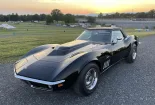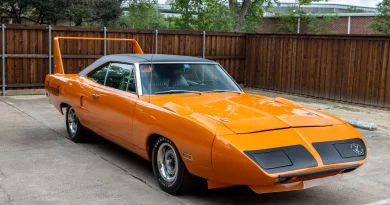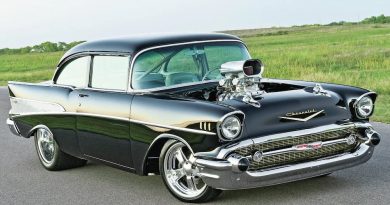1969 Chevrolet Corvette Convertible L88 4-Speed
That saying is often cited by racing fans who claim that the innovations and developments of high performance race cars bring knowledge about efficiency, power, safety and design that can ultimately be used in order to develop better road cars. Race fans should only wish it were true; during the first decades of the automobile’s evolution, just about the only racing innovation that translated to road cars was the rear view mirror on Ray Harroun’s 1911 Indy 500-winning Marmon Wasp.

In the late Fifties that began to change, and in the Sixties improvements in automotive development as a result of racing were becoming more commonplace. One of the more obvious instances of the technology transfer was in Chevrolet’s engine development. The Mark IV big block V8 won on race tracks while at the same time powered much of Chevrolet’s bread-and-butter products. The Mark IV’s development was a direct result of Chevrolet’s search for more performance than the W-Series could find within its unusual canted-deck, flat-bottom cylinder head design. At its first appearance at Daytona in 1963, the Mark IV set the fastest qualifying lap but didn’t finish. By 1965, its potential saw the 396ci version powering both the Corvette and full-sized Chevrolet. The secret of the Mark IV was its heads; the heads angled the valves in two planes to create a semi-hemispherical combustion chamber with gently-curved runners and efficient valve location.

This 1969 Chevrolet Corvette is one of 216 examples equipped with the L88 package during three years of production and is one of 116 built for the 1969 model year. The car was produced on March 28, 1969. It was subsequently modified with custom bodywork. The 427ci L88 V8 features open-chambered aluminum cylinder heads, a performance camshaft, a 12.0:1 compression ratio, and a four-barrel Holley carburetor. Additional equipment includes a Muncie M22 four-speed manual transmission, a Positraction rear differential, heavy-duty suspension, power disc brakes, transistor ignition, a black soft top, and black vinyl upholstery.

The silver-painted 15″ Rally wheels feature chrome hubcaps and trim rings and are mounted with Firestone redline tires. Power-assisted brakes came standard on L88 models, as did the F41 heavy-duty suspension package, which added a seven-leaf rear spring, a rear sway bar, higher-rate front coil springs, and unique shock absorbers. This example is also equipped with the J56 heavy-duty brake package, which specified upgraded calipers with twin retaining pins, L-shaped pads, and front stiffening brackets.
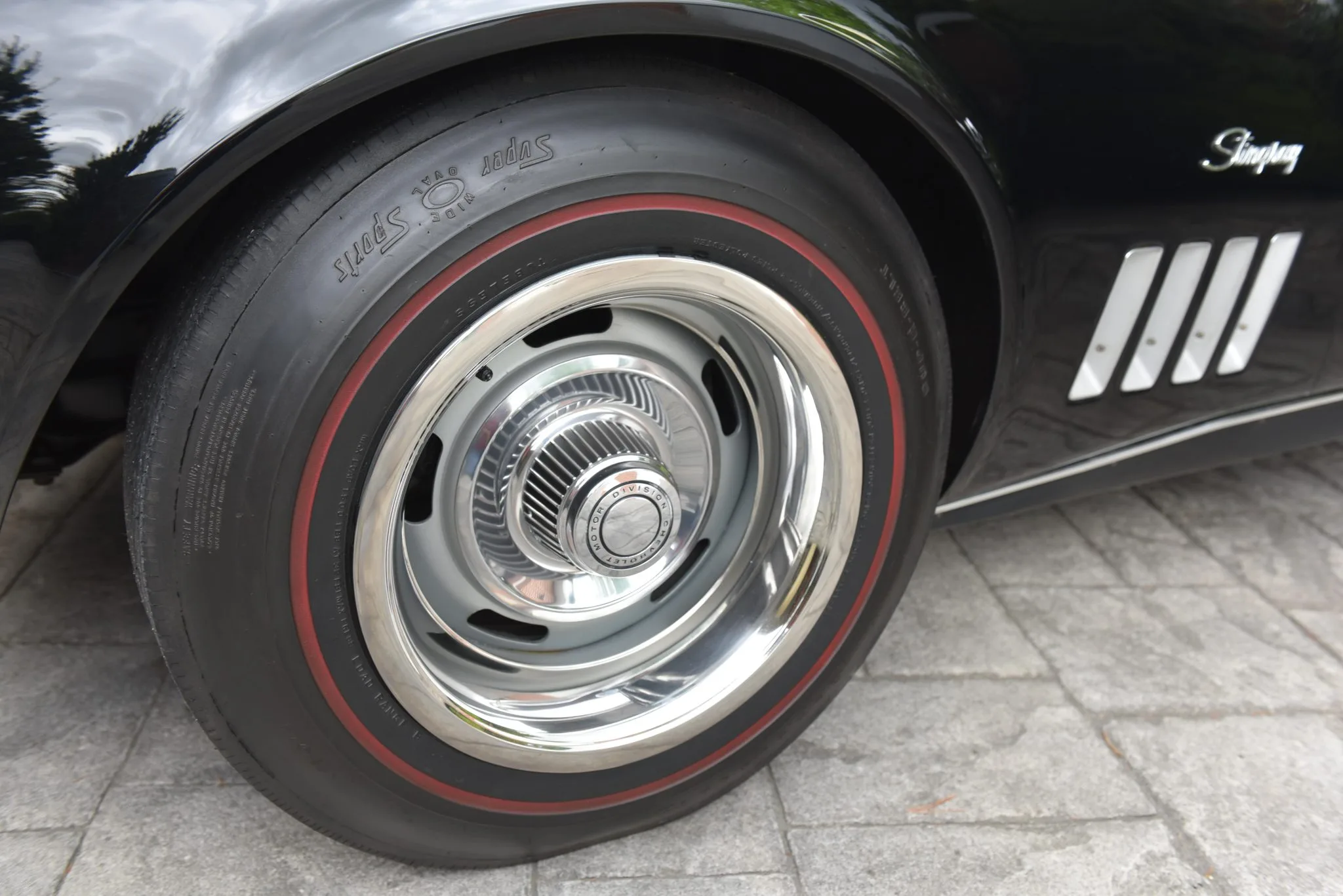
The cabin is trimmed in black vinyl (ZQ4) with a matching dashboard, door panels, and loop carpeting. The L88 package did not include a radio or air conditioning. A decal affixed to the center console states that 103-octane fuel must be used. Factory instrumentation fronted by the three-spoke steering wheel consists of a 160-mph speedometer and a 7k-rpm tachometer. Gauges housed within the center stack provide readings for fuel level, coolant temperature, oil pressure, and voltage.
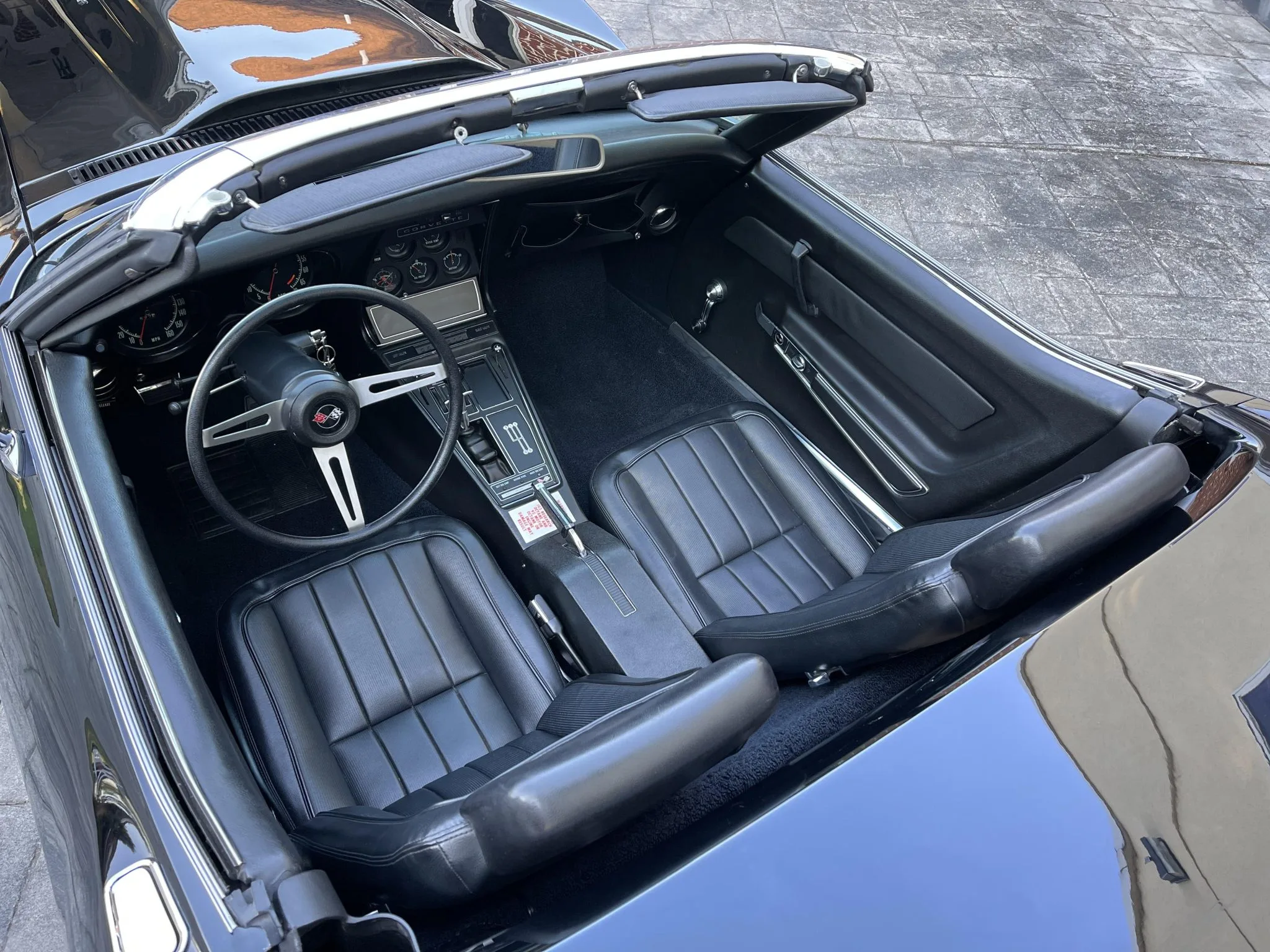
One of the L88-powered Corvette’s distinctive features was its highly-domed hood. The air intake was built into the hood, mating closely with the minimal air filter when it was closed. It didn’t draw its air from the nose or the hood top scoop, but from the back of the hood at the junction with the windshield in a naturally-occurring high pressure area. The L88’s hood design couldn’t actually be said to have much effect on road cars, but Corvette Chief Engineer Zora Arkus-Duntov claimed that the cold air and natural supercharging effect from the cowl induction hood cut seconds from the Corvette’s previous 0-140mph time.
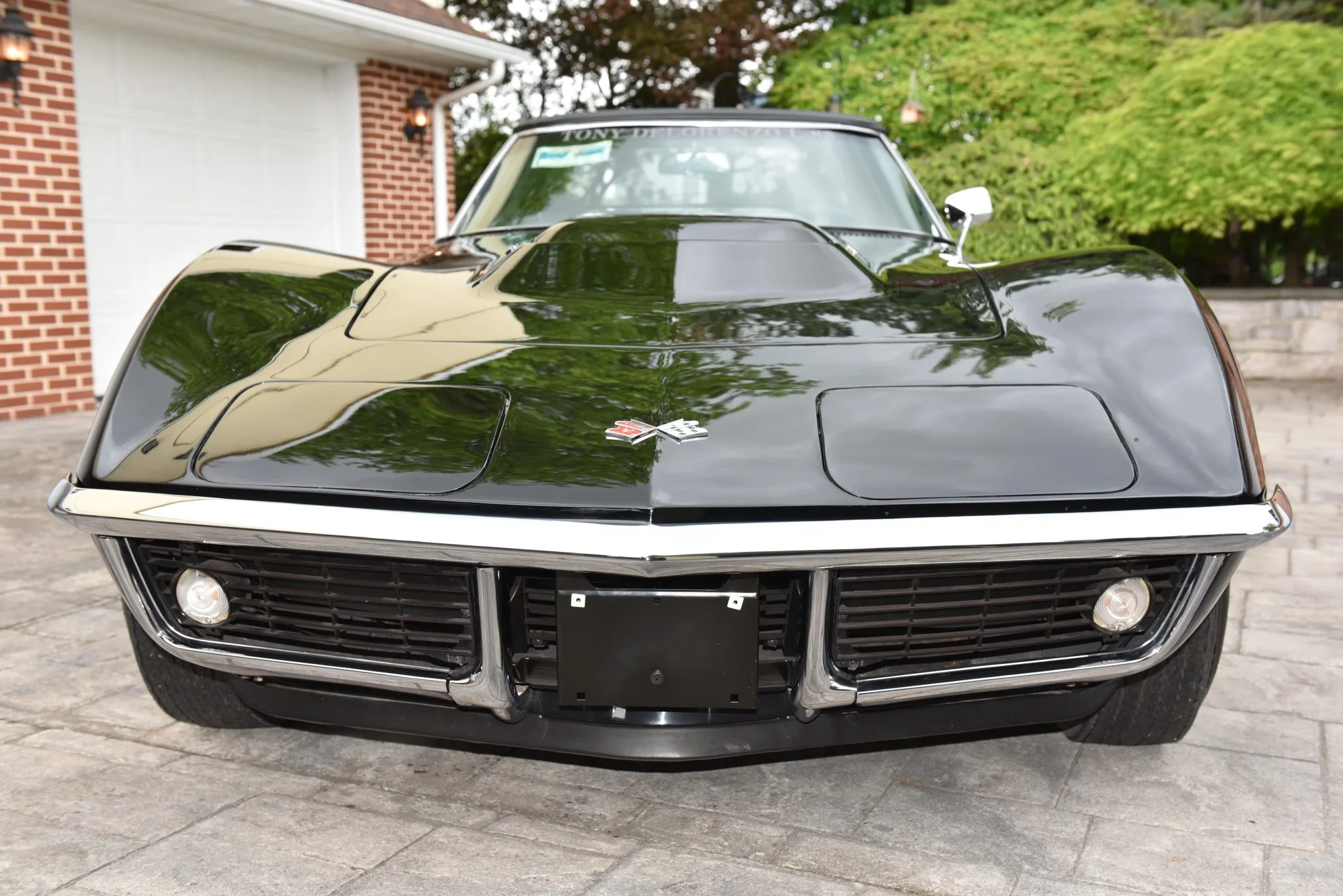
Presented here with several awards, its original tank sticker. This is incredibly rare and legendary Chevy Corvette.

